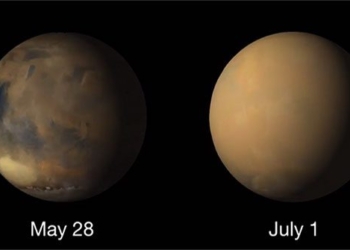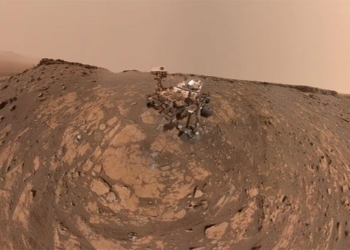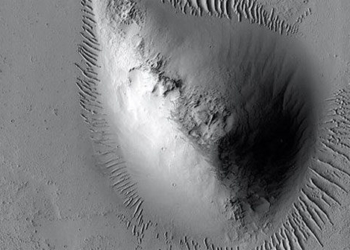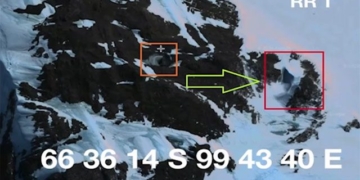On the 3,325th day of operations on Mars, the Curiosity rover used special imaging techniques to observe clouds and measure their drift velocity.
The NASA Curiosity rover captured images of clouds drifting above Mount Sharp, where it is currently operating on Mars, to measure their speed. This is not an easy task, as the Jet Propulsion Laboratory (JPL) of NASA noted in a statement on February 15, because Curiosity’s cameras are not designed to point skyward. Instead, they are built to observe rocks and the Martian landscape in the quest for ancient signs of habitability.
“Mars clouds are very faint in the atmosphere, so special imaging techniques are needed to observe them. Many images are taken to create a static and clear background. This helps make anything else moving in the frame, such as clouds or shadows, more visible after subtracting this static background from each individual image,” JPL explained.
The clouds and their shadows on the ground were captured in two 8-frame video segments on December 12, 2021, which was the 3,325th Martian day of the Curiosity mission. A Martian day is slightly longer than a 24-hour Earth day.
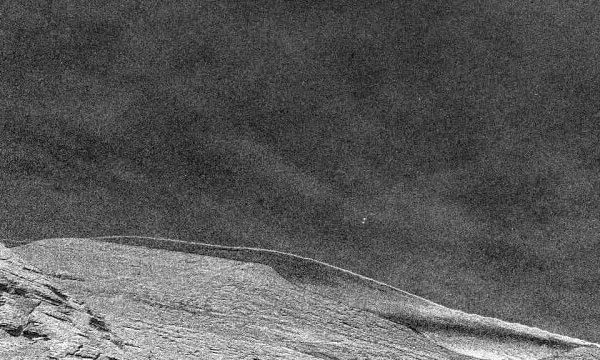
Mars clouds are very faint in the atmosphere.
Curiosity used its navigation camera twice to check the clouds from two different angles, according to JPL. The two perspectives allow scientists to calculate the speed and altitude of the clouds, thereby gathering information about their composition.
“These clouds are very high, nearly 80 km above the surface. The temperature at that altitude is extremely cold. This suggests that these clouds are made of CO2 ice, unlike clouds made of regular water ice that appear at lower altitudes,” JPL stated.
JPL’s announcement did not mention the speed of the clouds. However, wind speeds near the surface of Mars typically range from 7 to 35 km/h, fast enough to generate wind power on this planet.








































